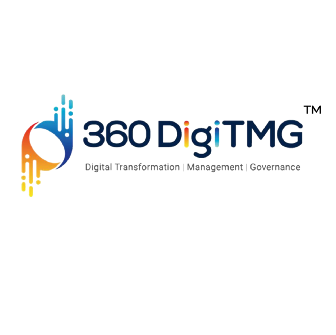Rising Demand For Superfast Bandwidth Speed Boosting The Global 5G IoT Market
5G networks improve solutions & services when incorporated with IoT devices, which in return facilitate lowered latency, faster speeds, network support for big data traffic, and development of cell sites, where M2M (machine-to-machine) communication is the main focus for this incorporation. The augmenting demand for ultra-low latency connectivity, superfast bandwidth speeds, and wider geographic coverage networks by those utilizing IoT devices is boosting the high adoption of 5G networks. This is a major factor projected to drive the development of the global 5G IoT market in the future.
The surging development & product advancement like LTE network/chipset and connected IoT devices in different developed & developing economies is another major factor expected to boost the growth of the market. Nevertheless, the high initial investment for architecture development to provide scalability & adaptability is the main factor predicted to limit the growth of the global 5G IoT market at a certain scale. The increasing number of cloud platform adopters in different industrial verticals is also likely to create major revenue growth prospects for contenders in the global market.
The 1G (first generation) mobile network was all related to voice; 2G was related to texting & voice; 3G was regarding texting, voice, & data; 4G was about the whole lot in 3G but faster; and 5G is going to be even much faster; it will be extremely fast to download a full-length high-definition movie in just a few seconds. With great connectivity, 5G IoT will have a major role to play in the industry transformation including the evolution of communication, businesses, and society altogether. On the road to 5G IoT, the organizations will have to do extra than just evolve networks; they will need to renovate their business to address new possibilities.
IoT has been fundamentally transforming consumer & business landscape in the last few decades. There will be a significant surge in the number of connected devices—ranging from consumer wearable devices & industrial devices to connected cars. The wide range of connected devices from many industry verticals requires a new communication infrastructure. Additionally, these connected devices need low power, higher security, and faster connectivity. Presently, many connectivity technologies are available in the market, like non-cellular, cellular IoT, non-carrier, and satellite network. Some of the major options available in the market for IoT connectivity are Zigbee, Bluetooth, LoRa (Long Range), LPWAN (Low-power Wide Area Network), Sigfox, RFID (Radio-frequency Identification), BLE (Bluetooth Low Energy), WLAN (Wireless Local Area Network), and LTE (Long-Term Evolution). Enterprises are using these communication systems according to the need or demand of the IoT network.
Get Free Research Report Sample PDF for more Insights – https://www.zionmarketresearch.com/sample/5g-iot-market
There are many major developments in the global 5G IoT market. For instance, in February 2019, Nokia Corporation inked a partnership with KT Corporation (Korea Telecom Corporation) for carrying trails of 5G NFV (Network Function Virtualization) and network slicing. Nokia will also support KT Corporation to improve the network operational efficiency and 5G service.



